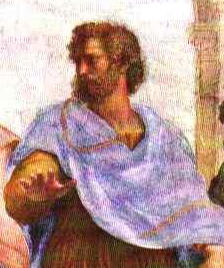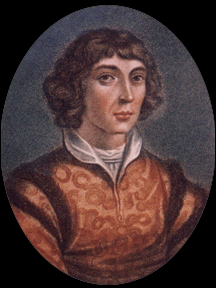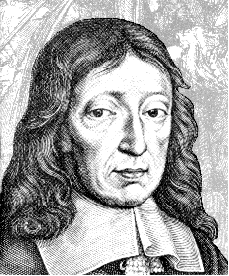![]()

Aquinas & Kant

Aristotle

Copernicus

Milton
| Saving the Appearances |
The idea derives from Simplicius' sixth century commentary on Aristotle's De Caelo. Simply put, saving the appearances means that hypotheses which explain appearances are not for that reason necessarily true. Under this conception, two contradictory hypotheses can both explain--i.e., "save"--the appearances, as did both the Ptolemaic and Copernican conceptions of the cosmos.1
Barfield hastens to remind us that up until the time of the Copernican Revolution, a hypothesis was widely understood to mean a "proposition, the truth or untruth of which is irrelevant"--one intended, that is, to "save the appearances." "All that mattered was, which was the simplest and the most convenient for practical purposes" (SA 49).
A true saving of
the appearances, Barfield tentatively predicts, may come with the advent
of final participation.
The appearances will be 'saved" only if, as men approach nearer and nearer to conscious figuration and realize that it is something which may be affected by their choices, the final participation which is thus being thrust upon them is exorcised with the profoundest sense of responsibility, with the deepest thankfulness and piety towards the world as it was originally given to them in original participation, and with a fuller understanding of the momentous process of history, as it brings about the emergence of the one from the other. (SA 147)
| See in particular Saving the Appearances, passim. |
1Barfield
quotes
Milton (Paradise Lost,
Book 8) as an exemplary exposition of the conception of Saving the Appearances:Or if they list to try |